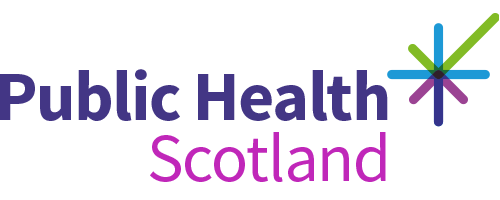How many people are waiting for NHS treatment in Scotland?
Posted on 18 November 2025 by Scott Heald
- Waiting times

Public Health Scotland (PHS) publishes waiting times statistics across a wide range of healthcare services in Scotland. One of the most frequently asked questions we’re asked is: how many people in total are waiting for treatment? The reality is that this figure is not straightforward to pin down. In this blog, Scott Heald, Head of Profession for Statistics at PHS explains how waiting times are measured and why even our best estimates cannot provide a complete answer to this question.
Why do waiting times statistics matter?
NHS waiting times make headline news almost daily. Most of us will be on a waiting list at some point or will have someone close to them who is, so we can understand the impact this has on wellbeing and quality of life. That’s why we’ve developed a waiting times website specifically designed to help patients understand what’s happening with waiting times in their area (see links section below).
How are waiting times counted in NHS systems?
When someone is referred for a diagnostic test, appointment, or inpatient or day case treatment, a record is kept locally of when that referral happened and that person’s journey is then tracked until they’re seen or treated. All this information is held locally, by individual health boards. There is no central health database in the NHS in Scotland that includes all the information about what treatment people are waiting for (or receiving). Instead, there are lots of different systems, which can help reduce data security risks and limit the impact of IT system failures. However, it makes national reporting more complex.
How does PHS produce waiting times statistics?
For some treatments and tests, waiting times information is provided to PHS to enable us to produce statistics for national reporting. This typically happens when there is a national standard or target set, or when there is significant public interest in the type of treatment being waited for.
When health boards send us their data using secure systems, some of this includes details at individual level, such as unique patient numbers. This enables us to identify whether people are waiting for more than one appointment or type of treatment (for example, an appointment with an orthopaedic surgeon and an appointment for cataract surgery).
However, some of the data comes to us in aggregate – this means we receive information about groups of patients (e.g. 100 people were waiting to have an MRI), rather than individuals (meaning we don’t know anything about the characteristics of those 100 people). This can be more efficient when data needs to be collected quickly, but it means we can’t report on aspects such as the age or sex of the people waiting. It also means we can’t tell how many people are on more than one waiting list.
How many people are waiting in total?
Because there is no single database for all patient data, not all waiting times are reported nationally, and much of the available data provides information about groups rather than individual patients, it is currently not possible to say definitively how many patients are waiting for treatment in Scotland.
We recognise the significant public interest in this issue and understand why some users have been estimating this by combining the data about groups of patients waiting. However, we strongly advise against this due to the double counting explained above.
Are PHS able to provide an estimate of the number of people waiting?
Our best estimate is that 1 in 9 people living in Scotland are currently on an NHS waiting list – either for a new outpatient appointment, or for day case or inpatient treatment. This figure is reported in our monthly Stage of Treatment statistics publication (see link below), which represents the most comprehensive assessment of how NHS hospitals in Scotland are managing waiting times. However, we know that some of the people waiting for this kind of appointment or treatment will also be on one of the waiting lists that is not currently combined with the Stage of Treatment data (for example, diagnostic tests, CAMHS support, psychological therapies, chronic pain clinics, cancer and IVF treatment), or where no national waiting times data exists (for example, return outpatient appointments and neurodevelopmental conditions).
Top tips for using NHS waiting times statistics responsibly
Below is a helpful summary of some top tips to keep in mind when using NHS waiting times statistics:
- Avoid double counting – don’t try to add together different waiting lists, as many people are on more than one.
- Check the limitations – every report makes clear what’s included and what isn’t, so you can judge if the data meets your needs.
- Use the most comprehensive source – the Stage of Treatment statistics provide the clearest national picture of outpatient, day case, and inpatient waits.
- Be transparent – if using our data to create your own estimates, explain which data you used and highlight any limitations or data gaps.
- Remember the wider context – waiting lists cover many different services, not all of which are reported nationally.
Waiting times affect us all. By understanding both the strengths and limitations of the data, we can use these statistics to hold the system to account and track improvements in patient care.
We welcome feedback from users about the kinds of information people need about waiting times – get in touch at phs.waitingtimes@phs.scot
Links
Take a look at our latest Stage of Treatment statistics publication.
Visit our website designed to help patients understand what’s happening with waiting times in their local health board.
Find out more about the Code of Practice for Statistics which PHS adheres to ensure our statistics are produced to high standards and provide valuable, trustworthy insights.
